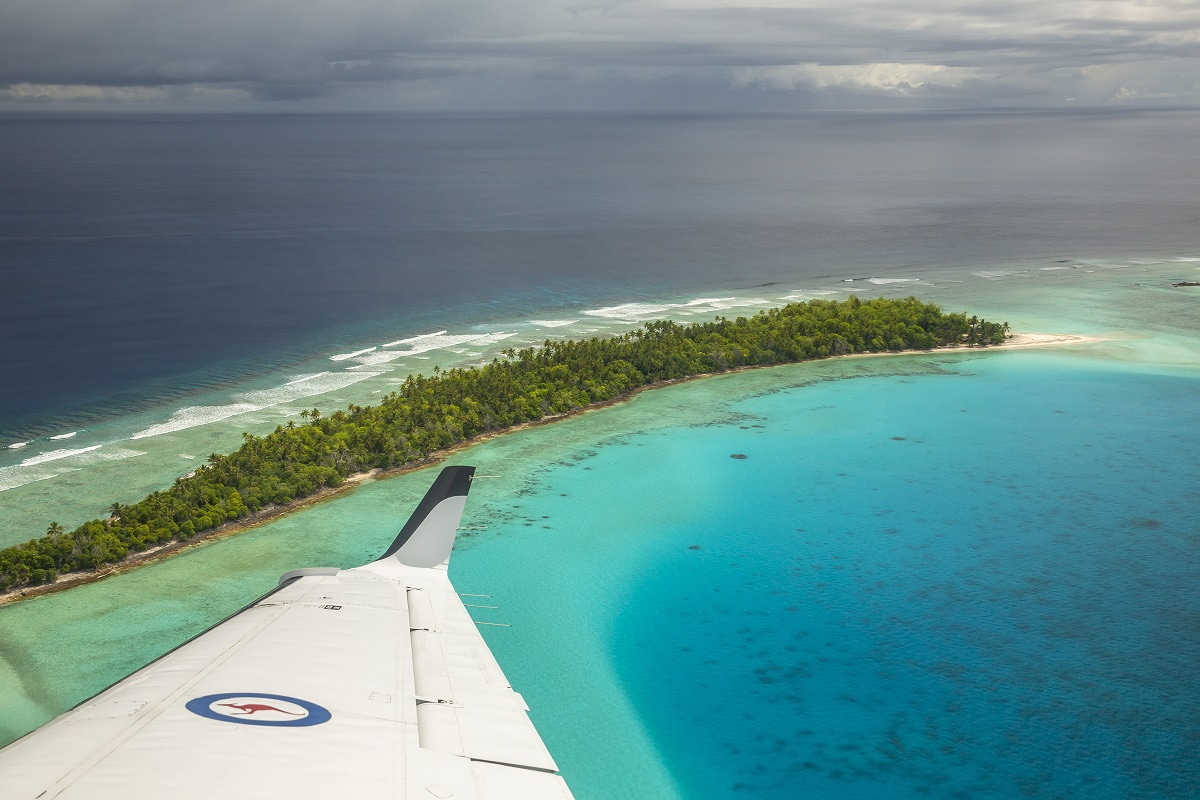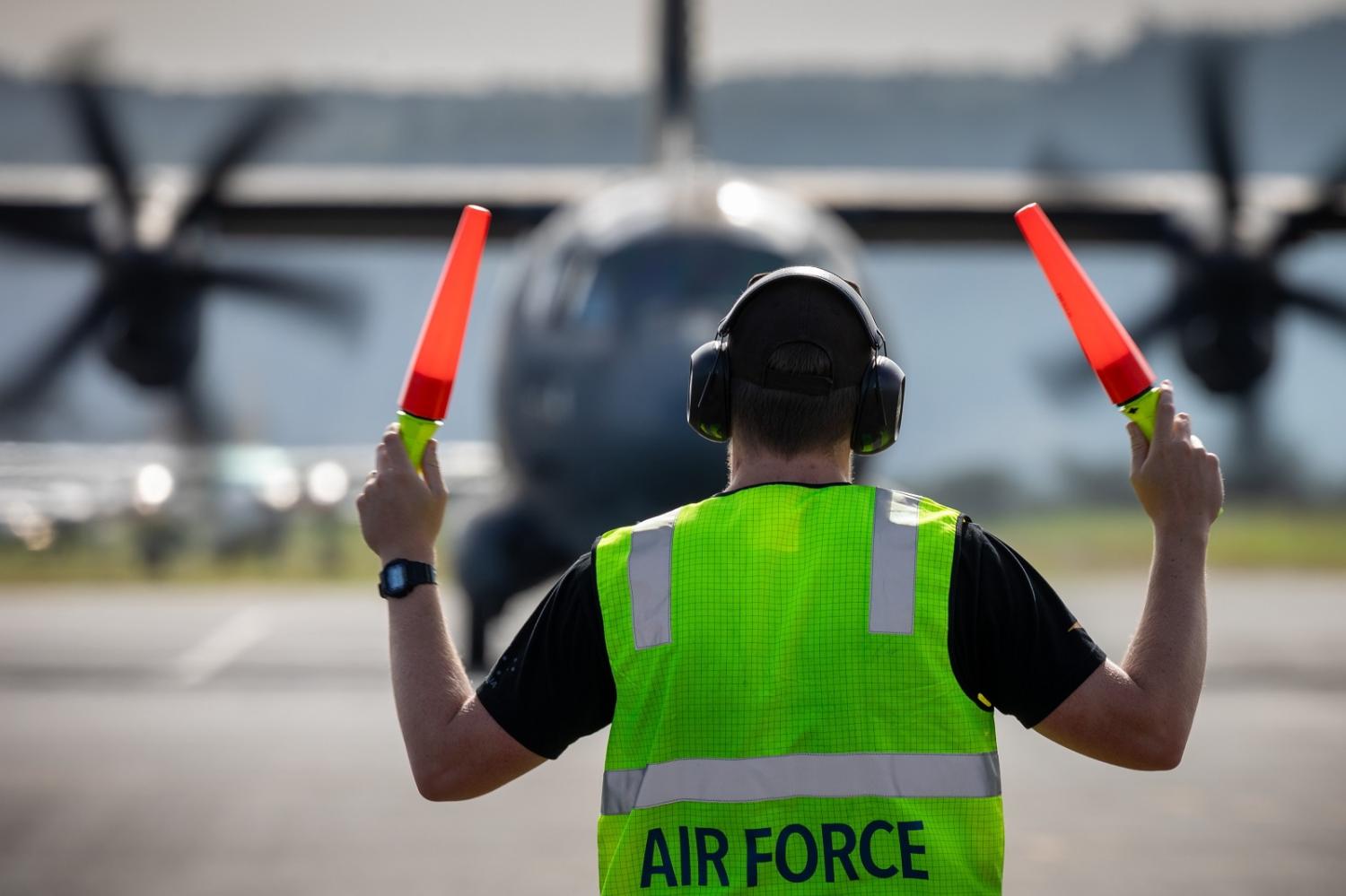During the summer political slumber, Australian Defence Personnel Minister Matt Keogh indicated that Canberra was considering permitting recruitment from Pacific Island Countries (PIC) as a partial solution to worsening Australian Defence Force (ADF) recruitment and retention trends.
The implied logic is that Pacific labour will fill frontline gaps and bolster ADF ranks faster towards an intended permanent force of 80,000 amid deteriorating strategic circumstances. In return, salary income will flow back in the short run and broader skills and experience will flow into local job markets over the longer term after ADF service.
Keogh’s musings follow similar calls made by others, including Shadow Defence Minister Andrew Hastie and crossbencher Senator Jacqui Lambie. Against existing British and US military recruitment from PICs, and the Australian Army’s Pacific Islands Regiment history, this all sounds nice and plausible.
Absent hitherto is a deeper, more critical discussion, anchored in strategy beyond the soundbites. How can Australia strengthen its influence sinews by foremost strengthening Pacific nations’ agency, sovereignty and core interests? Rather than exacerbate “brain drain” factors, why not build stronger capability and capacity inside PICs? Rather than for military purpose, why not build towards the most acute existential threat facing Pacific peoples?
Climate change is the single greatest threat to the livelihoods, security and wellbeing of Pacific peoples. Through Pacific eyes, Australian anxiety about a possible People’s Liberation Army (PLA) military base in Melanesia pales in comparison to Kiribati or Tuvalu’s inundation risk from rising sea levels. If whole populations face permanent statelessness within a generational horizon, then an anti-access, area denial bubble ranging northeast Australia is, relatively, a low-order concern.

For Canberra then, finding new ways to address the security impacts from climate change should become its main game in the Pacific. If uncertain about China’s aggressive militarisation, Pacific Islanders don’t need convincing of the climate threat; they know it because they’re already living with more frequent extreme weather. By shifting the goalposts, Canberra can regain the initiative without forcing PICs to choose sides, compete using partner capacity-building methods that Beijing can’t plausibly match, and invest in enduring access and influence.
Towards this, that’s why I argue for Australia to develop a supranational “Blue Pacific climate force” in a new United States Studies Centre report canvassing options to build competitive advantages and pose dilemmas against Chinese coercion. The force would operate under a Pacific Islands Forum (PIF) mandate, potentially evolving the existing Forum Fisheries Agency instrument. Its design rationale would derive from the 2018 Boe Declaration’s expanded human, environmental and resource conceptions of security.
A 500–600 strong Pacific Islands Support Regiment focused on climate resilience and crisis recovery would be a signature element. Drawing from home guard and civil defence models, this would blend military engineering, logistics, communications and medical capabilities with some advanced civil emergency types. Such capabilities, too costly and intensive for most Pacific nations to generate alone, could viably be fielded leveraging economies-of-scale and donor assistance. Entry would be open to PIF citizens. Basic training and trade skills would be delivered through existing ADF schools or Australian civil emergency agencies. NATO has shown how supranational force constructs can viably work.
Returning to strategy, two key factors differentiate this approach from reported ADF Pacific recruitment plans.
One: Pacific Islanders serve their people first, are based within their home region, and operate for their purpose against climate risks, under PIF authority. This upholds their sovereignty and respects the agency of PICs to make their own security choices.
Two: though intended as a disciplined force, the design does not build lethal or offensive capability, thereby preserving the non-military character of most PICs. Alongside a diverse multinational makeup, this significantly mitigates against coup risks or the misuse of armed capabilities by incumbents to stay in power. The design would also weaken calls to build new military forces in nations that don’t face a peer military threat, such as Solomon Islands or Vanuatu.
Since 2018 and across two governments, Canberra has moved quickly to enhance its security proposition in the Pacific. Known initiatives include the Blackrock training centre in Fiji, base enhancements in Papua New Guinea and Vanuatu, the annual Joint Heads of Pacific Security meeting, the Australia–Pacific Defence School, the Pacific Support Vessel, and increased army and air force presence. Canberra’s Defence Department has also grown its dedicated Pacific policy and engagement staff. These complement the longstanding and respected Pacific Maritime Security Program, which will deliver and sustain 22 Australian-built patrol boats across 13 nations over 30 years.
But with a little more imagination, Canberra can cohere many of these positive defence initiatives into a unified operational design. Harnessing a climate security frame would accord with the “active statecraft” desired by Stephen Smith and Sir Angus Houston in the Defence Strategic Review. And greater coherence in the ways and means pursued, which inherently advance Pacific interests through equal partnership, will better position Canberra to realise what it objectively seeks. Namely, a Pacific region that refuses to host PLA basing or access rights, and a Pacific region that intimately embraces Australia as one of its family.


